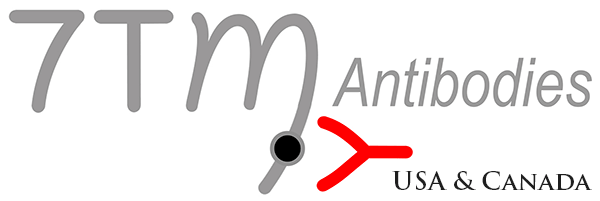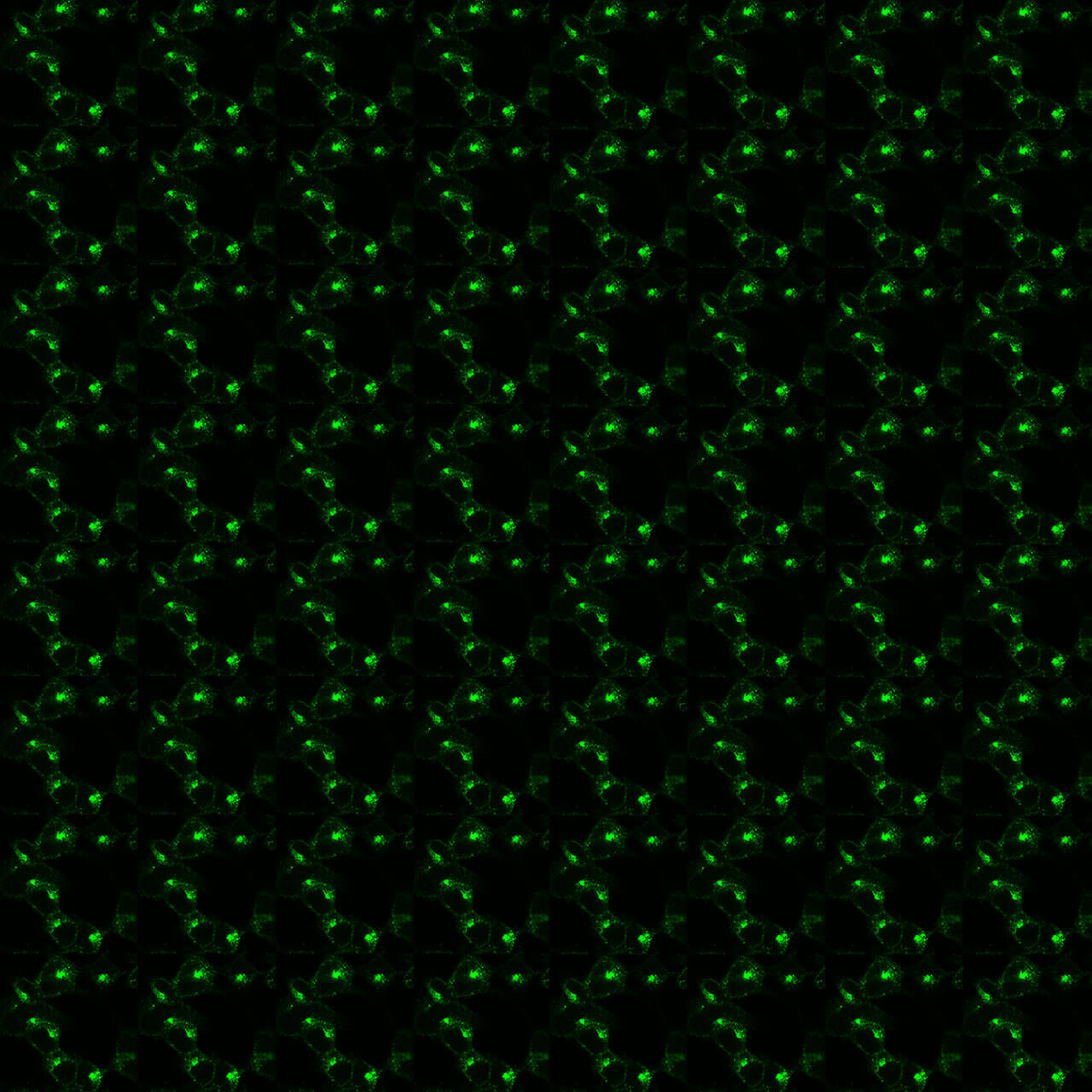Neurotensin receptors (NTS1 and NTS2) are activated by the endogenous tridecapeptide neurotensin (NT) derived from a larger precursor protein, which also generates neuromedin N, an agonist at the NTS2 receptor. Activation of NTS1 is probably responsible for the observed effects of NT on cancer cell proliferation and food intake. NTS1 is also related to NT-dopamine interactions in the brain. Indeed, NT modulates dopamine transmisssion in the nigro-striatal and mesocorticolimbic pathways through NTS1, indicating that NT analogues specifically targeting this receptor might represent a new class of antipsychotic drugs. NTS2 contributes in the protective effect of NT on pancreatic beta cells. NTS2 has been described to be responsible for the analgesic response of centrally administered NT. NTS1 is expressed mainly in the brain and intestine. NTS2 receptors are highly abundant the brain and in parietal cells of the gastric mucosa, in neuroendocrine cells of the stomach, small and large intestine, and in cells of the exocrine pancreas. NTS2 is essentially expressed in the brain and stomach.
 pS409/pS410-NTS1 (IHC-grade phospho-Neurotensin...
pS409/pS410-NTS1 (IHC-grade phospho-Neurotensin... 
